Okay, basically I have a table that contains statements like:
incident.client_category = 1
incident.client_category = 8
incident.severity = 1
etc.
I would like to use the contents from this table to generate other tables that fulfill the conditions expressed in this one. So I would need to make it something like
SELECT * FROM incident WHERE incident.client_category = 1
But the last part of the where has to come from the first table. Right now what I'm trying to do is something like
SELECT * FROM incident WHERE (SELECT condition FROM condition WHERE id = 1)
id = 1 stands for the condition's id. Right now I only want to work with ONE condition for testing purposes. Is there a way to achieve this? Because if there isn't, I might have to just parse the first query's results through PHP into my incident query.
Table schemas:

